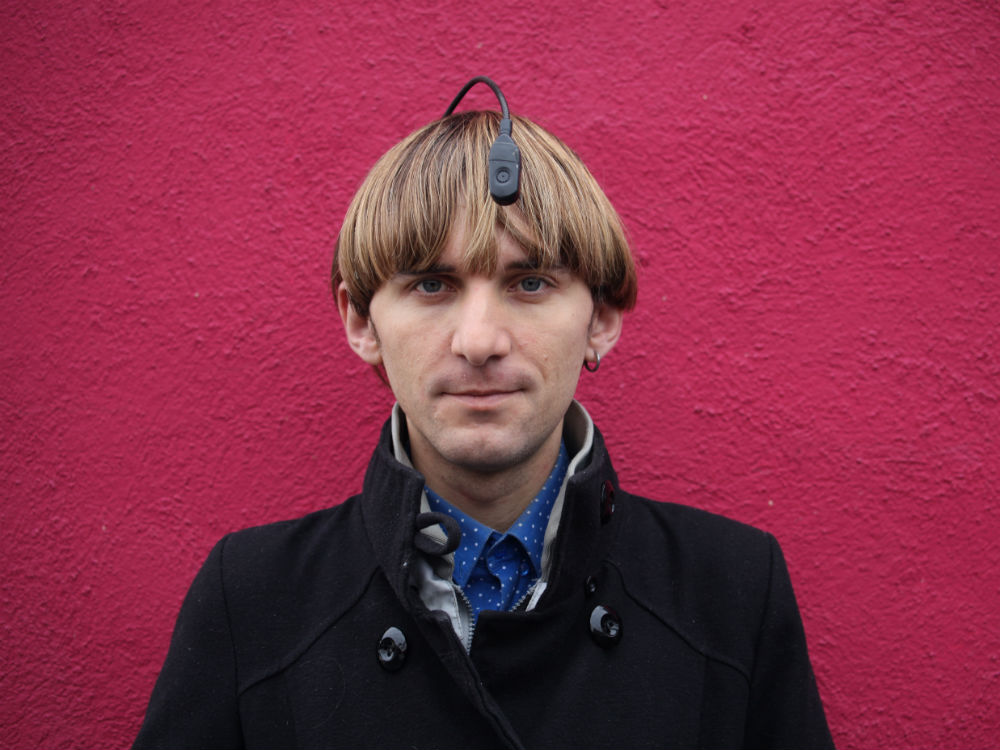The first human cyborg visited College to address the University Philosophical Society and receive the Bram Stoker Gold Medal on September 9th. Catalan cyborg artist Neil Harbisson, who has an antenna implanted into the occipital bone of his skull, was born greyscale colourblind. His antenna interprets colour, transposes the sounds down thirty-nine octaves to an audible level, and, after a period of learning which frequencies are associated with which colours, Harbisson has resultantly reached the point where his senses have become so integrated that he now associates all sounds with colours, a process which took five months to feel natural.
Harbisson discussed various hurdles that he faced, beginning with difficulties with bioethical committees: once he found a doctor who was willing to perform the surgery anonymously, Harbisson faced problems with governmental bodies. The British Passport Office initially refused to renew his passport in 2004, saying that pictures could not include technological equipment. After appeals and explanations that the eyeborg would travel with him and was surgically attached to him, Harbisson was granted his passport, with his state-sanctioned body part in pride of place on the ID page.
In an interview with Bram Stoker Club chair, Liam Hunt, Harbisson described the sound he heard when looking around the room. He declared that the Phil conversation room produced sounds at G and C sharp, while the Phil’s bell, rung at debates, apparently sounds “turquoise”. He said that people’s faces are not in fact particularly pleasant to listen to. When asked his favourite colour, Harbisson said “infrared.”
In closing, he was asked who was the most beautiful person he had ever heard. In response, he laughed and said it was true that some people sounded as perfect tonic triads, which was a surreal experience. Harbisson was undoubtedly well-received by the audience, who were incredibly interested in his sensory experience.







